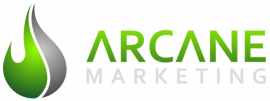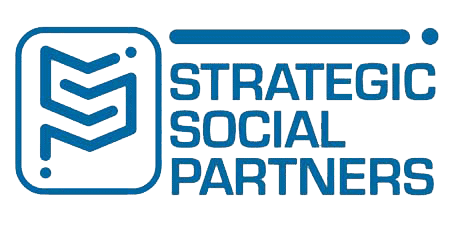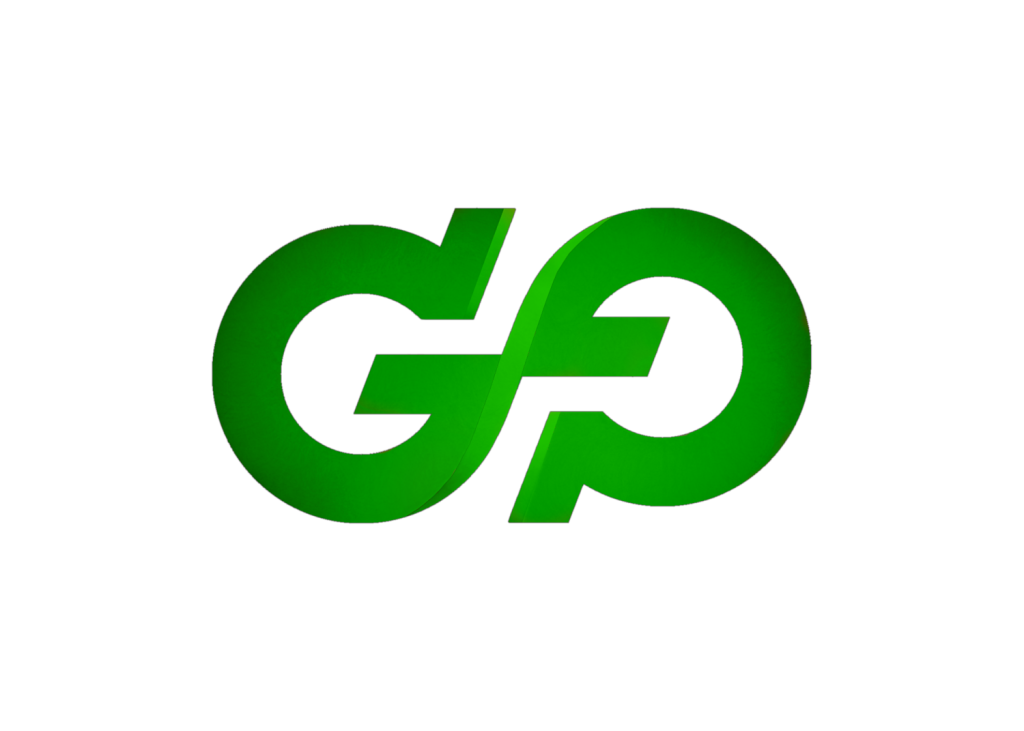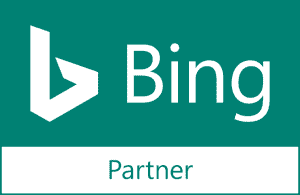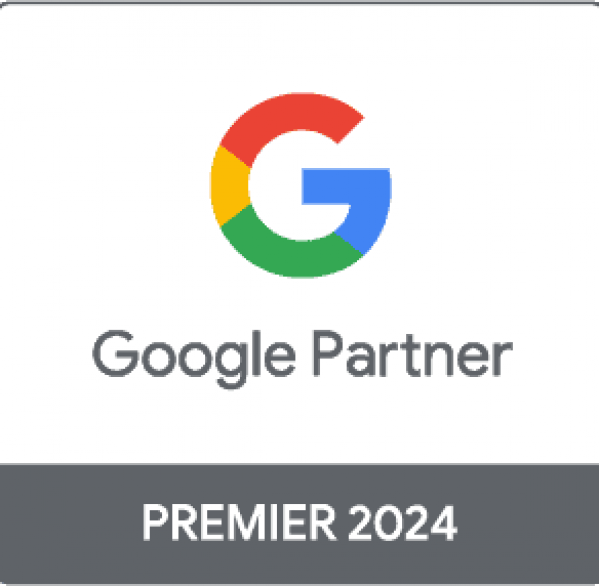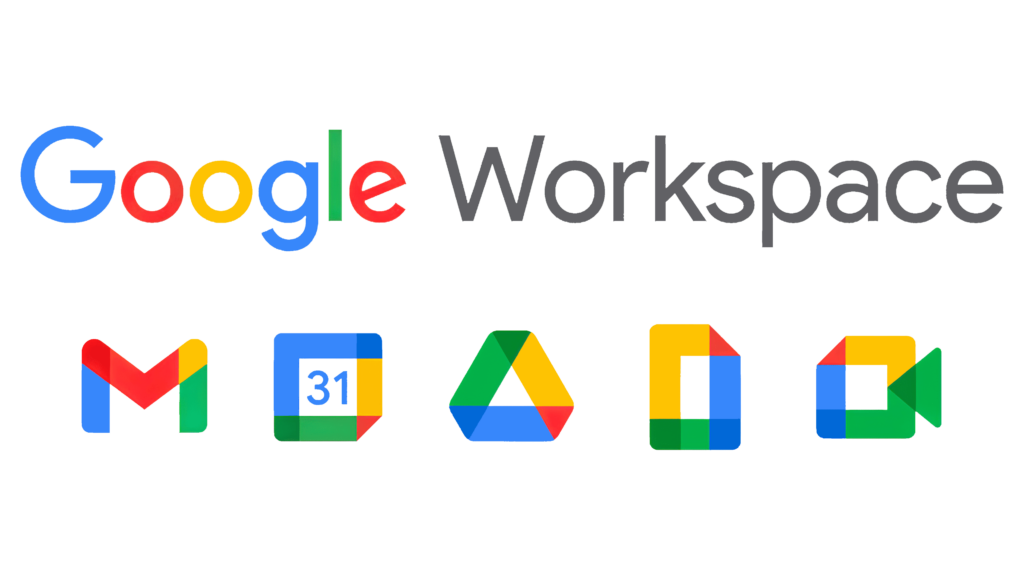Identifying Your Target Audience
Are you struggling with reaching your target audience with all of your marketing strategies, and ready to pull your hair out because you are not connecting with the right type of people for your business? That is not an uncommon issue for a lot of business owners, and often time takes some trial and error before placing your finger in just the right spot. But don’t just play a game of pin the tail on the donkey and walk around blindly while hoping for the best. We’ve got some great suggestions and questions to ask that will help you get greater results after a little bit of strategic planning.
Realize early on that your product or services does not fit everyone.
Because of this, it is really important to identify your target audience. A good rule of thumb (because it’s usually about right) is that 20% of your audience produces 80% of your revenue. So identifying that 20% is necessary because then you can include more ads relevant to that 20%.
In order to identify that specific 20%, there are seven questions you should ask yourself. These questions will help to better identify your dream customers, or personas.
Who is your customer?
The first question is “Who is your customer?” What is their identity or what do they call themselves? For example, if you are an orthodontist you would probably be trying to reach parents of teens, or those in their 20’s. Take the time to ask yourself who your majority customer is and shoot to target them in your marketing.
What is it that the customers want?
The second question is “What is it they want?”. This question can seem simple and easy to answer, but it should be a little more complicated. We encourage you to peel back a few layers of the persona to really find out. A good way to do that is to answer the question “why”. If they want white teeth, ask yourself why. Answer that and then ask why again. We’ve talked about the concept of continually asking why, and the average answer takes five “why’s” to get to the root cause. Sometimes it may seem like a toddler who continues to ask “why” to your answer, but that’s a great structure to get down to the root reason!
What is the customer’s focus?
Third question to ask yourself is “What is their focus?”. Ask yourself where their attention is being pulled, and again ask yourself “why”.
What is the problem to be solved?
Fourth is “What is their issue, pain, or concern?”. This is a pretty significant one because usually the reason you are looking for a product or service is because there is a problem, right? You find a product or service to solve whatever problem you might have. If you are looking for a new car (solution) what is the reason for that? You could be wanting a more comfortable ride, better gas mileage, or something that is more environmentally friendly. If you know the problem then you can direct your marketing message in the direction of being the solution.
What is holding them back?
Question number five to ask yourself is “What might be holding them back?”. You can figure out what is holding them back from doing/getting what they want and then have a solution to solve it. First you just need to identify that issue.
How will you help them?
Second to last we have “Does your product or service help? How specifically?”. Looking back at the why, the problem, what’s holding them back and other questions you need to identify how your product or service will help them. Just like how you can’t assume Google knows to send searchers to your website without telling them what you are about, you can’t expect new customers to visit or purchase without giving them the details and information upfront. You can’t assume that they just know. Spell it out for them.
Sign up for your free marketing evaluation and strategy session
 What is the timeframe
What is the timeframe
The last question to ask is “What timeframe does it take to get results?”. Identify the time frame needed to accomplish the service or to see results from the product. Is it done in 30 minutes? Will it be a month-long task? Is there a set up time or are things more instant?
Once you identify those seven questions you can shape your message, which Jim Edwards calls the hook, for your ad or landing page.
Jim Edwards, a famous copywriter, noticed that there are always patterns to success. Whether it be successful ads, successful landing pages or all things digital.
What is the pattern? Take a look at others in your demographic and what has been successful for them and then use that as a template for yourself. It doesn’t mean you need to copy them word for word, just find the pattern that is making that piece successful.
There are multiple ways to frame the same message. You can say the same thing in different ways and sometimes one of those variations will connect with your audience better than you thought. If you try something once and it doesn’t work, don’t give up. It’s not dead. Maybe the way you said it just didn’t resonate or impact your customers the way you thought. That’s OK. Change the wording and try again. Testing is so important.Try running different ads to the same page and compare how they perform.
Hook, Story Offer
Grab their attention, tell them a brief piece of information they can relate to, and then give them an offer on how that could apply to them.
When producing ads or SEO content, we need to get away from the Hero script. The hero script is the wording you see people and companies using that says “The best ____ you’ll find in _____”. How do you know that they are “The Best Dentist in Southern California?” Other than their words, there’s nothing more to go on.
The customer wants to learn for themself. Instead of using the above hero script and trying to prove yourself to the customer, answer questions that the customer would be asked in order to show them how good you are.
A few question examples are:
- “How would this help you?”
- “In what way would this make a difference for you?”
Then you tell the benefits and instead of boasting about yourself, you are giving them the proof they are looking for.
Another great way to prove yourself to a potential customer is with reviews and testimonials. That way the script is coming from a customer point of view.
Examples of testimonials could include:
- Before and After images and descriptions
- Talking about their experience as a whole
- Customer service/Employee spotlights
- Descriptions of services rendered
Now that you have the seven questions, and some ad types in mind, it is time to put them into action and start marketing to the people who will help boost your revenue!
WARNING: What every business owner needs to know about why their digital online marketing isn’t working as well as they’d like it to be.
While more than 50% of U.S. businesses use marketing agencies for their advertising, less than half of them actually see a positive ROI.
There are three big reasons why so much marketing money is being wasted?
- Poor communication between the agency and the company
- The marketing campaigns are being managed by inexperienced college interns
- Marketing teams aren’t paying attention to their client’s ROI metrics
Are you seeing a positive ROI from your marketing agency?
If not, let Arcane Marketing guide you step-by-step in the process of improving your online marketing with our complementary website analysis and marketing campaign evaluation.
It is 100% free and there is no obligation. Click here to request a free website analysis and marketing campaign evaluation today and let’s start increasing your marketing ROI today.
Arcane Marketing
675 E Anderson St, Idaho Falls, ID 83401
(208) 938-5988
We have a lot of really helpful information that we’d like to share with you. All you need to do is reach out.
